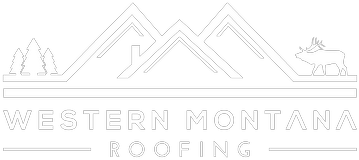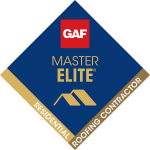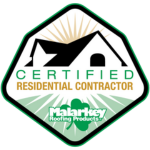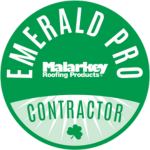Top Quality Roofing Services in Missoula, MT and the Surrounding Areas







Schedule Your Free Inspection
Western Montana Roofing's Comprehensive FAQ
Welcome to our comprehensive FAQ section, where you’ll find detailed answers to all your roofing questions. Whether you’re considering a new installation, need repairs, or simply want to understand the benefits and maintenance of different roofing materials, we’ve got you covered.
From shingle to metal roofs, learn about durability, energy efficiency, and aesthetic choices to help you make the best decision for your home or commercial property. Let’s dive into your roofing queries!
